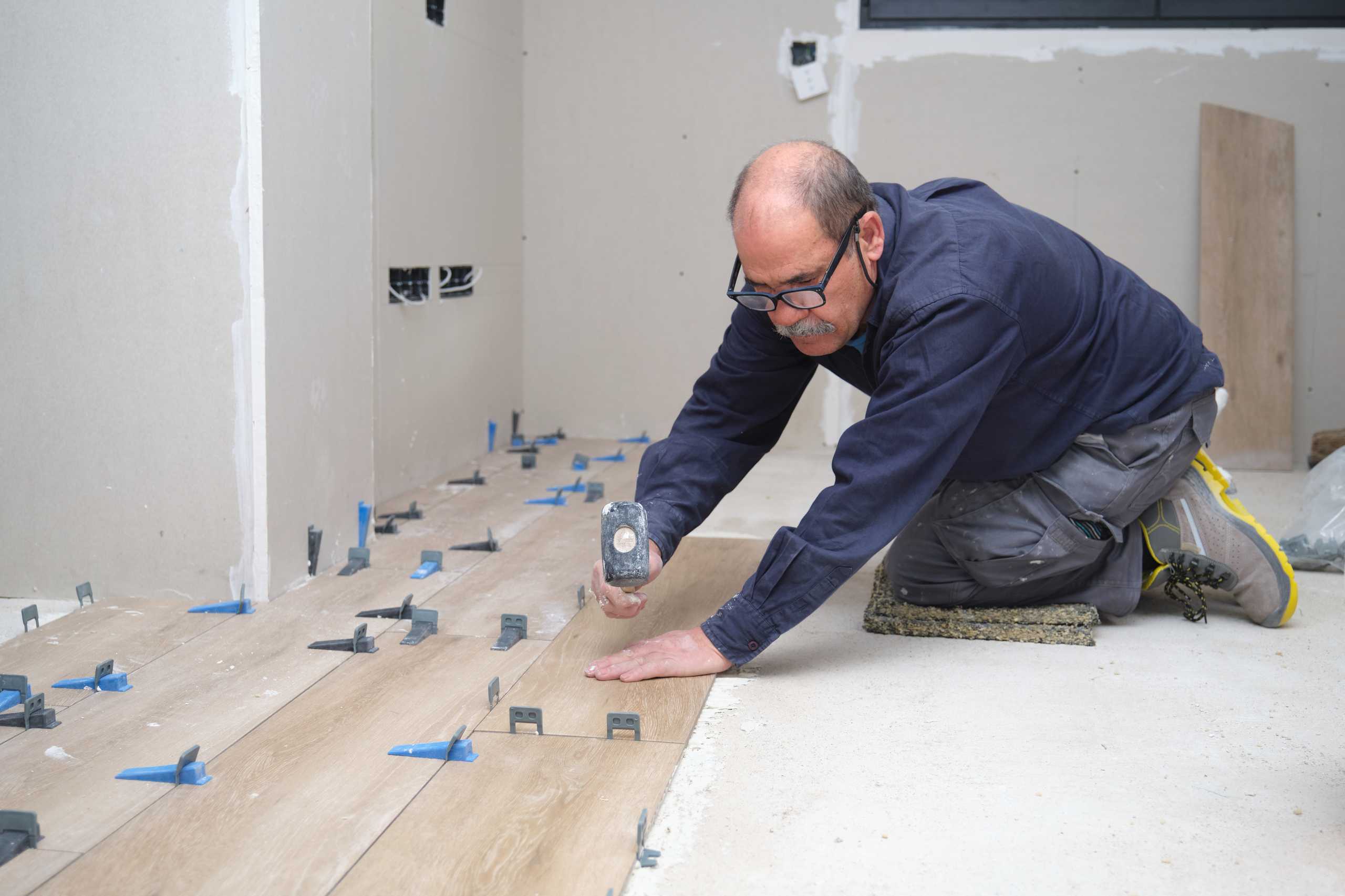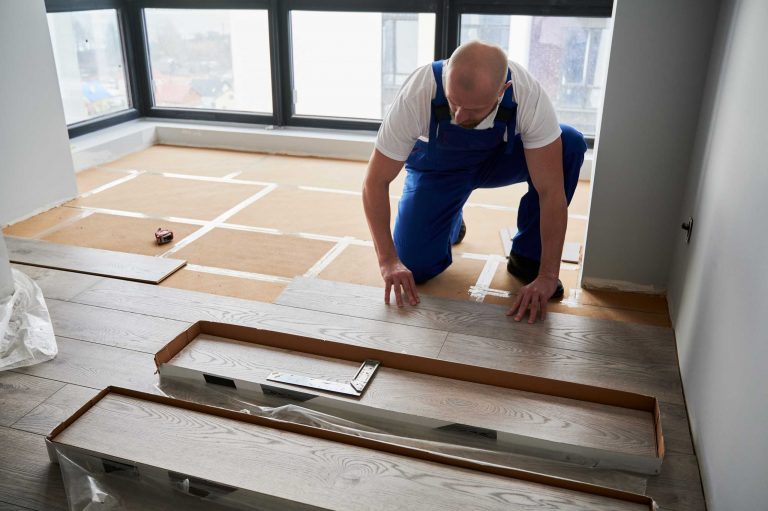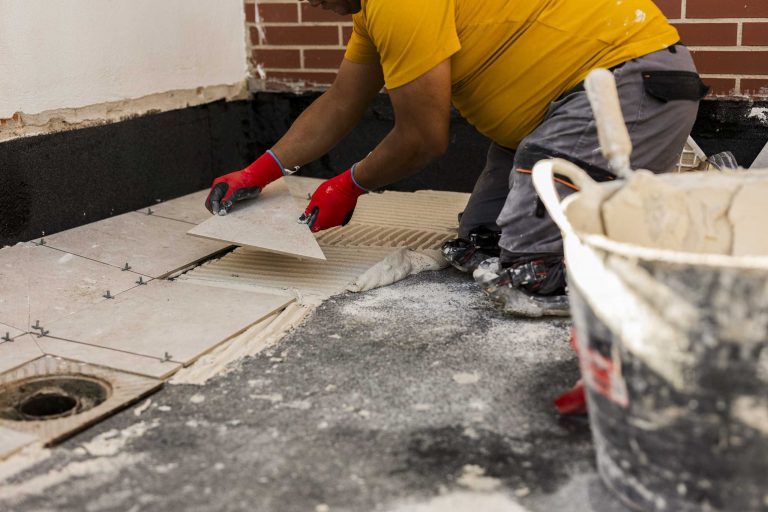Introduction
Mastering parquet installation is both a science and an art.
It requires precision, patience, and a deep understanding of wood behavior.
Professional training ensures that you can create floors that are not only durable but also visually stunning.
Choosing the Right Materials
Selecting the appropriate wood type and laminate is crucial.
- Wood Density: Denser woods last longer and resist dents more effectively.
- Texture Variety: Smooth finishes give elegance, while textured surfaces add character.
- Laminate Quality: High-quality laminates prevent warping and ensure longevity.
- Sustainability: Eco-friendly materials support environmental responsibility in flooring projects.
Installation Techniques
Proper technique guarantees both durability and aesthetic appeal.
- Measuring & Cutting: Accurate measurements prevent gaps and uneven surfaces.
- Pattern Layout: Classic herringbone or chevron designs add sophistication.
- Adhesive Application: Correct adhesives prevent future lifting or bubbling issues.
- Finishing Touches: Sanding and sealing create a smooth, polished look.
Common Mistakes and How to Avoid Them
Even experienced installers encounter common pitfalls.
- Uneven Surfaces: Always check subfloor alignment before installation.
- Incorrect Spacing: Gaps or tight joints compromise floor stability.
- Tool Misuse: Using inappropriate tools can damage wood surfaces.
- Rushed Work: Taking time ensures precision and prevents costly errors.
Conclusion
Parquet installation is a rewarding skill that combines creativity and technical expertise.
Training courses allow learners to gain hands-on experience under professional guidance.
By mastering these techniques, you can transform any space into a showcase of craftsmanship.




